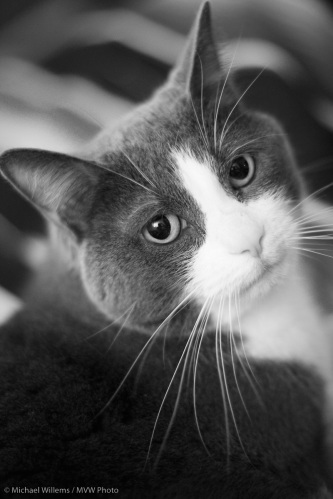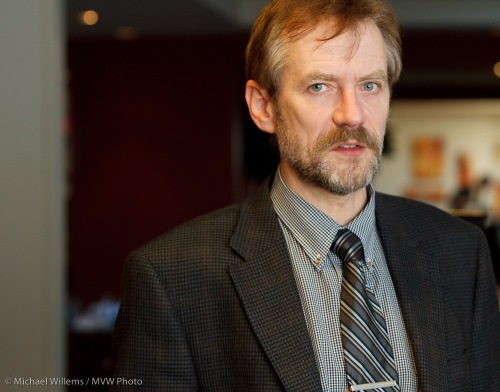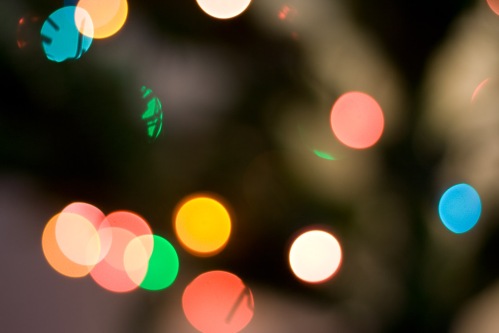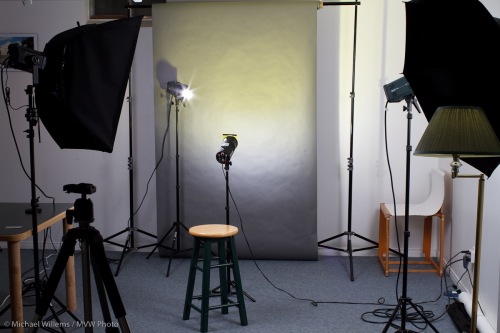One common sexy model look is the “look over the shoulder”.
Like here, in this shot of Nemo, a somewhat Rubenesque but nevertheless pretty model:

In an “over the shoulder” pose women can look over either shoulder, but for men, if the shoulders are angled, avoid them looking over the higher shoulder. This is a feminine look.
As so often with available light portraits, in the shot above I used my Canon 7D with:
- a 50mm lens, which on the 7D crop camera is really equivalent to 80mm
- 2000 ISO (on auto ISO)
- 1/60th at f/1.4
Yes, you can take pictures on a 7D at 2000 ISO and have them look just fine.
Bright pixels are sharp pixels, but also, bright pixels are noise-free pixels.
(And you know to focus accurately, using one focus point, aimed at the closest eye, right?)








